It’s just natural for people to look for the next big thing and in media it’s no different. I’ve been asked a number of times by clients and friends “Is blogging still relevant?” or “With Twitter, do I still need my blog?” My answer is that a good blog is as much or more relevant than ever. Here’s one reason IMHO. Ideally, you are trying to create a community of followers/friends/customers/members. For the AgWired community I believe that revolves around the blog AgWired.com. This is my online publishing platform. I can’t say this much in 140 characters. I think Twitter, YouTube, Flickr, Facebook and all the others enhance the center of the community – AgWired.com. They’re like spokes on the wheel. They help me promote the blog and have side conversations with specific community members who favor one mechanism over another.
Matt Mullenweg, creator of WordPress, our blog platform, agrees and says, “new forms of social media, including micro-blogging, are complementary to blogging”
One of the many uses of Twitter is to link to and promote your blog posts. (And other people’s blog posts.) As we grow, so do they, and vice versa. I blog when I have something longer to say, like this. I tweet when it’s the lowest friction way to talk to my friends, or get distribution for something longer I did somewhere else.
It’s not really a “versus,” it’s an “and.”
Via Podcasting News
Would you agree or disagree? Feel free to post how you think your blog fits into today’s communications plans.


 Speaking For Agriculture was the title of a joint panel discussion at the NAMA Trends In Agriculture Conference and NAFB Convention.
Speaking For Agriculture was the title of a joint panel discussion at the NAMA Trends In Agriculture Conference and NAFB Convention. 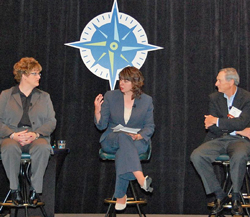 The moderator was Lindsay Hill,
The moderator was Lindsay Hill, 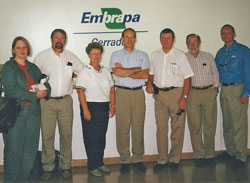 This is the
This is the 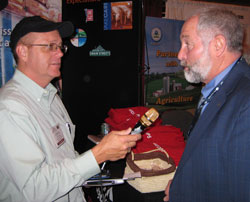 The Vice President of the
The Vice President of the  To get a complete overview of
To get a complete overview of  Tom Dean is the Marketing Manager for high horsepower tractors at Case IH (seen here in his NAFB Trade Talk booth). He says those are classified as 100+ horsepower. He says what’s new is the
Tom Dean is the Marketing Manager for high horsepower tractors at Case IH (seen here in his NAFB Trade Talk booth). He says those are classified as 100+ horsepower. He says what’s new is the 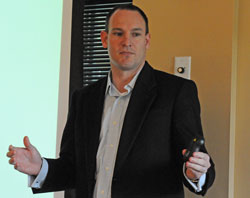 It sure sounds like
It sure sounds like 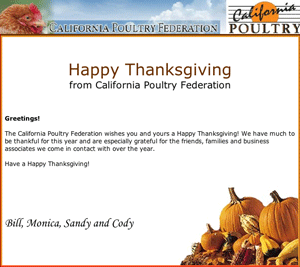 After receiving several Thanksgiving cards I thought I’d just go along with the
After receiving several Thanksgiving cards I thought I’d just go along with the 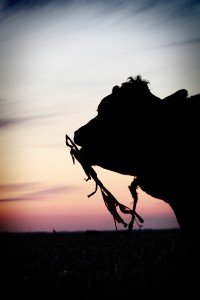 Wishing a warm, safe and happy Thanksgiving from my family in South Dakota to yours. Where will you be spending the holidays? What are you thankful for this year?
Wishing a warm, safe and happy Thanksgiving from my family in South Dakota to yours. Where will you be spending the holidays? What are you thankful for this year?